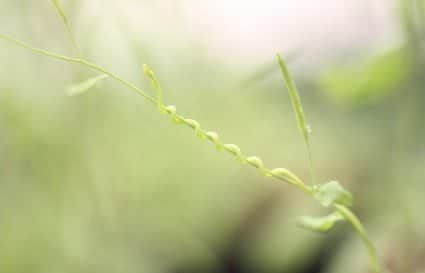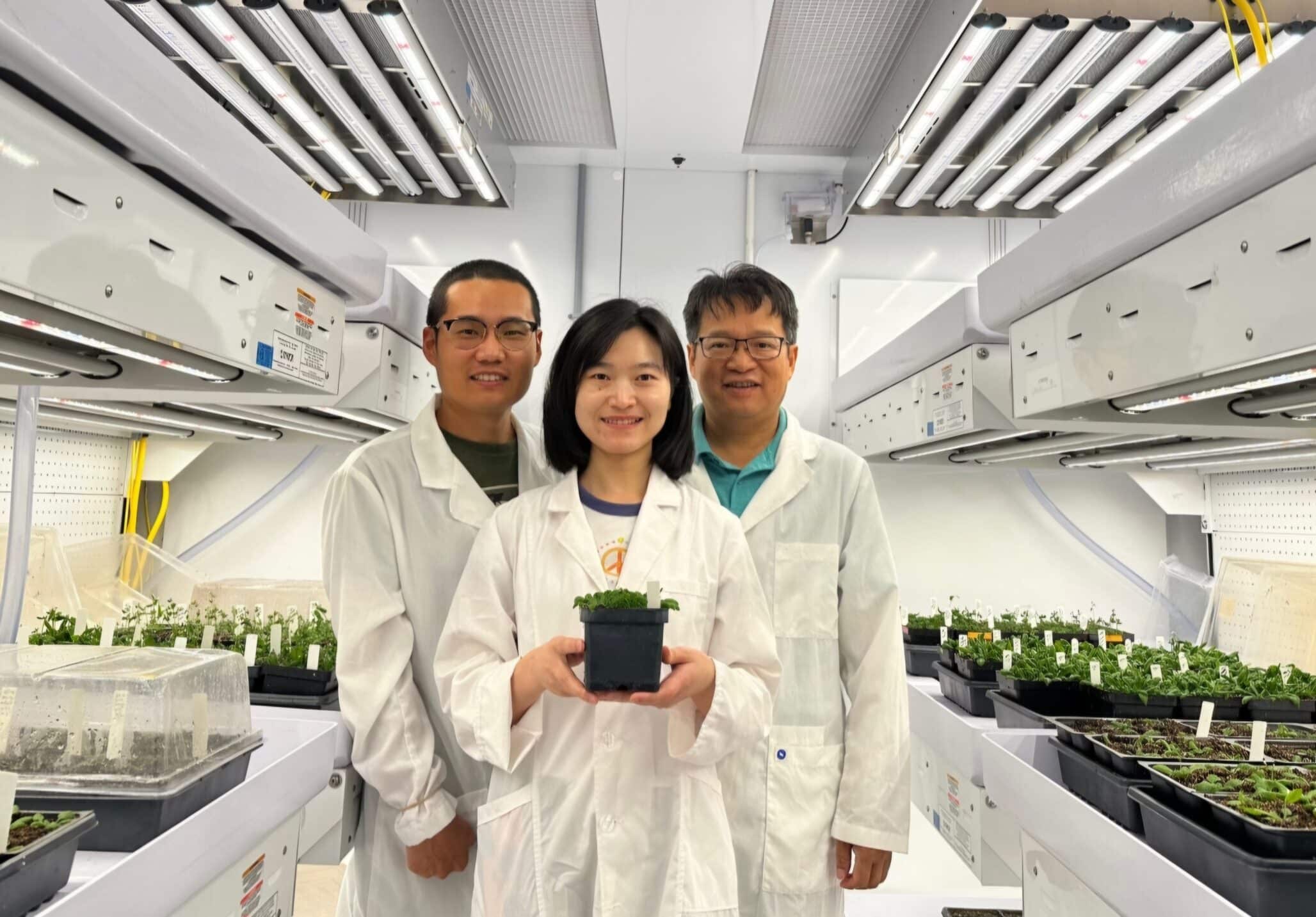Dodder, a parasitic plant that causes major damage to crops in the U.S. and worldwide every year, can silence the expression of genes in the host plants from which it obtains water and nutrients. This cross-species gene regulation, which includes genes that contribute to the host plant’s defense against parasites, has never before been seen from a parasitic plant. Understanding this system could provide researchers with a method to engineer plants to be resistant to the parasite. A paper describing the research by a team that includes scientists at Penn State and Virginia Tech appears Jan. 4 in the journal Nature.
“Dodder is an obligate parasite, meaning that it can’t live on its own,” says Michael J. Axtell, professor of biology at Penn State and an author of the paper. “Unlike most plants that get energy through photosynthesis, dodder siphons off water and nutrients from other plants by connecting itself to the host vascular system using structures called haustoria. We were able to show that, in addition to the nutrients that flow into dodder from the host plant across the haustoria, dodder passes microRNAs into its host plant that regulate the expression of host genes in a very direct way.”
MicroRNAs are very short bits of nucleic acid — the material of DNA and RNA — that can bind to messenger RNAs that code for protein. This binding of microRNA to messenger RNA prevents the protein from being made, either by blocking the process directly or by triggering other proteins that cut the messenger RNA into smaller pieces. Importantly, the small remnants of the messenger RNA can then function like additional microRNAs, binding to other copies of the messenger RNA, causing further gene silencing.
“Dodder seems to turn on the expression of these microRNAs when it comes into contact with the host plant,” says James H. Westwood, professor of plant pathology, physiology, and weed science at Virginia Tech and another author of the paper. “What was really interesting is that the microRNAs specifically target host genes that are involved in the plant’s defense against the parasite.”
When a plant is attacked by a parasite it initiates a number of defense mechanisms. In one of these mechanisms, similar to blood clotting after a cut, the plants produce a protein that clots the flow of nutrients to the site of the parasite. MicroRNA from dodder targets the messenger RNA that codes for this protein, which then helps to maintain a free flow of nutrients to the parasite. The gene that codes for this clotting protein has a very similar sequence across many plant species, and the researchers showed that the microRNA from dodder targets regions of the gene sequence that are the most highly conserved across plants. Because of this, dodder can probably silence this clotting protein in, and therefore parasitize, a wide variety of plant species.
The researchers sequenced all of the microRNAs in tissue from the parasite alone, the host plant alone, and a combination of two. By comparing the sequencing data from these three sources, they were able to identify microRNAs from dodder that had entered the plant tissue. They then measured the amount of messenger RNA of genes that were targeted by the dodder microRNAs and saw that the level of messenger RNA from the host was reduced when the dodder microRNAs were present.
“Along with previous examples of small RNA exchange between fungi and plants, our results imply that this cross-species gene regulation may be more widespread in other plant-parasite interactions,” says Axtell. “So, with this knowledge, the dream is that we could eventually use gene editing technology to edit the microRNA target sites in the host plants, preventing the microRNAs from binding and silencing these genes. Engineering resistance to the parasite in this way could reduce the economic impact of the parasite on crop plants.”
In addition to Axtell and Westwood, the research team includes Saima Shahid, Nathan R. Johnson, Eric Wafula, Feng Wang, Ceyda Coruh, and Claude W. dePamphilis at Penn State; Gunjune Kim and Vivian Bernal-Galeano at Virginia Tech; and Tamia Phifer at Knox College. The research was funded by the U.S. National Science Foundation and the U.S. National Institute of Food and Agriculture. Additional support was provided by the Penn State Huck Institutes of the Life Sciences.
Source: Penn State













